On Penn & Teller's latest TV show 'Fool Us', in which an array of magicians perform each week (under the pretence of fooling the Vegas duo), I was delighted to come across Liberty Larsen. Her style is clearly after my own heart, as she sets up to undermine the act itself, and call attention slyly to its own machinations, whilst keeping the illusion intact.
"I really don’t like lying to people… It’s a real problem, it interferes with this job.
As a magician, if you’re performing as yourself, and not as a character, as soon as you open your mouth it’s sort of inevitable, you’re just going to start lying, and I have really terrible magician’s guilt…"
Thus begins Liberty's act, and how perfectly the text calls attention to itself, to its own unfolding. The 1st line is already a lie, as well as an admission of lying, and its negation, all at once; and so we listen, teetering, veering, careening in and out truth and falsehood, reality and fiction.
Then, turning to the show's host, Alyson Hannigan:
"So, when I sit here with you, on a very primal level, every cell in my body does not want to lie to you. So I’m not going to. So there... [pause] Alison I brought a time machine with me to the theatre tonight…"
Penn's laugh can be heard loud and clear, as the tension built up from the premise somersaults and makes a big splat on the floor of the theatre. The rest of the act bathes in the glory of this initial framing, and moves a little away from it. But the opening text is fantastic, and reminds me of the elusive rabbit I'm chasing in pursuing magic and theatre in the 1st place.
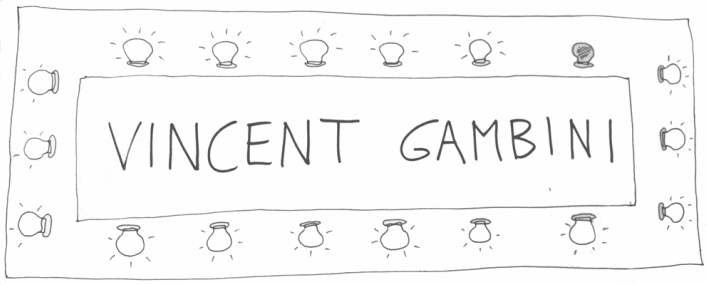


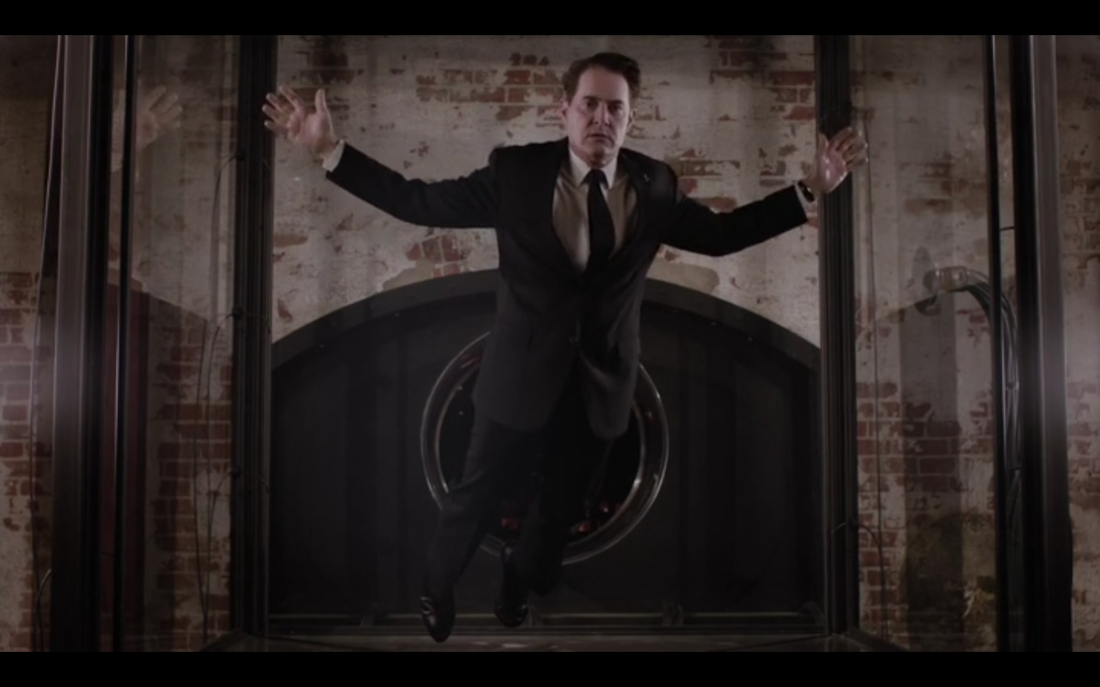
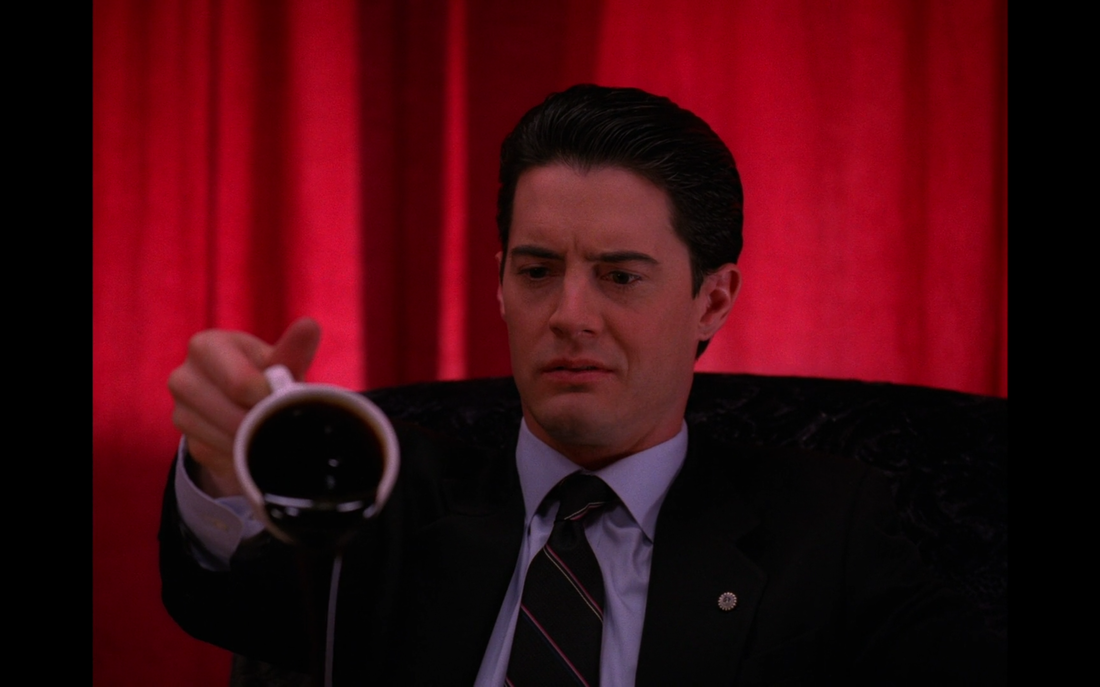
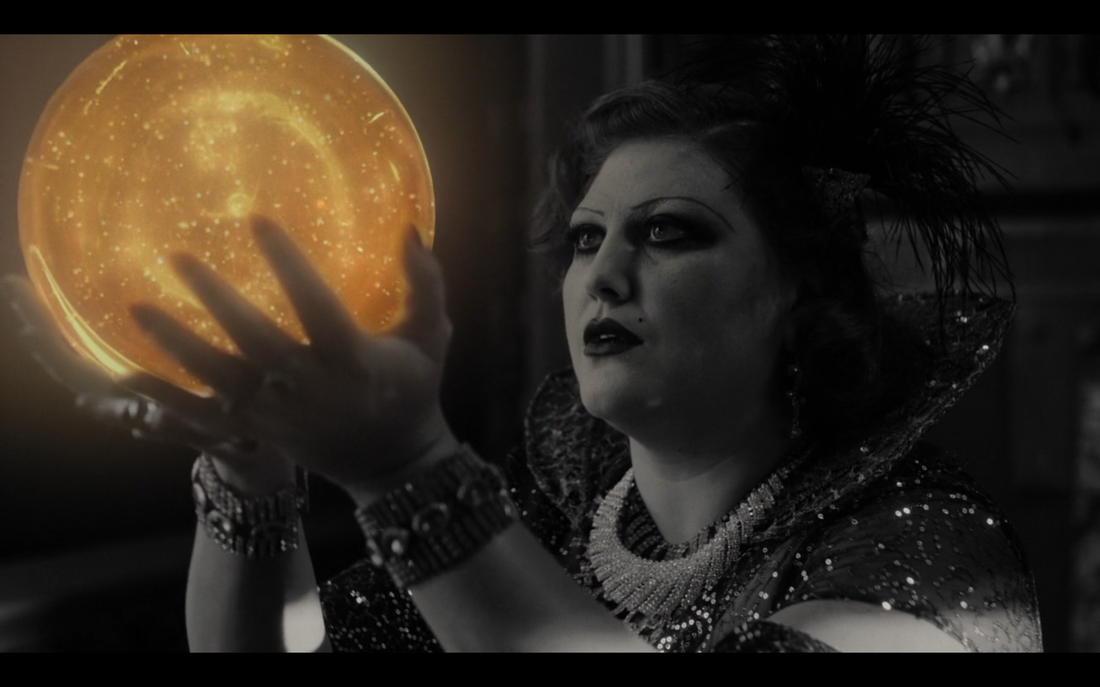
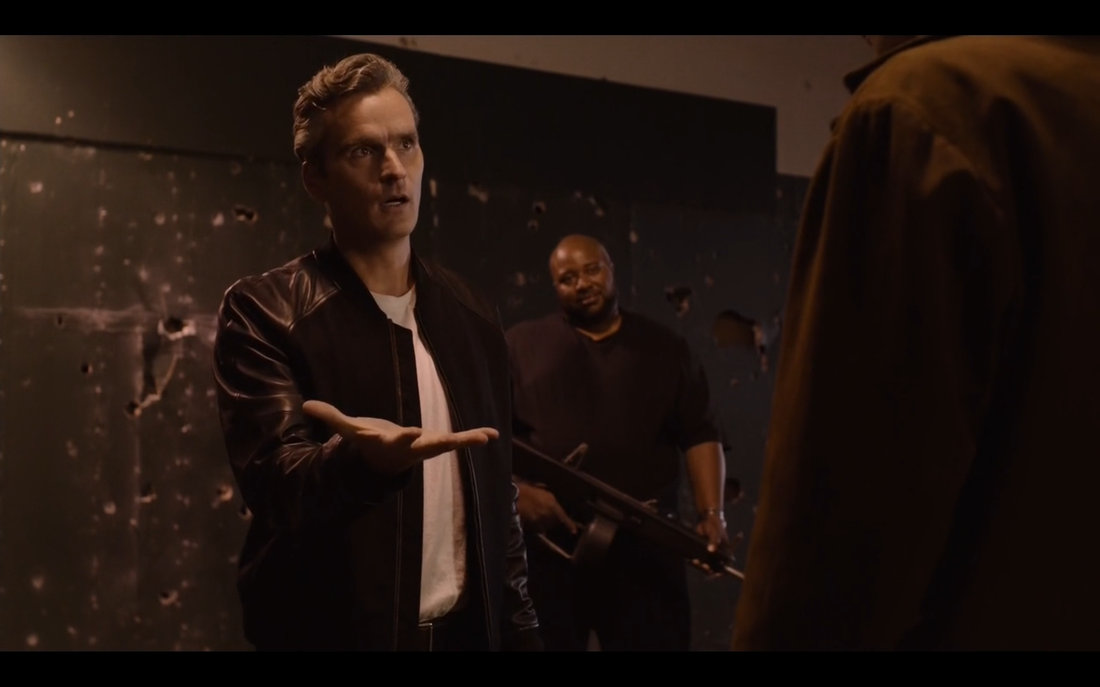
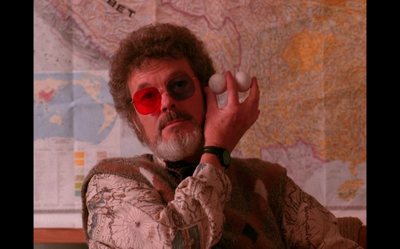
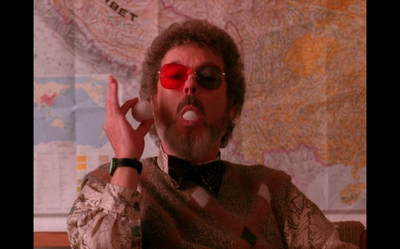
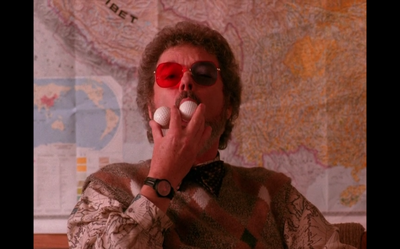
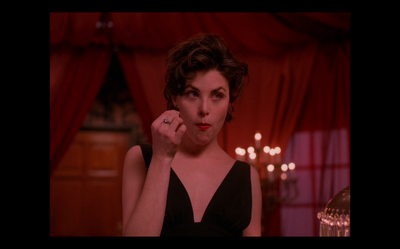
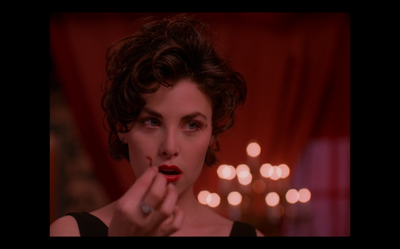

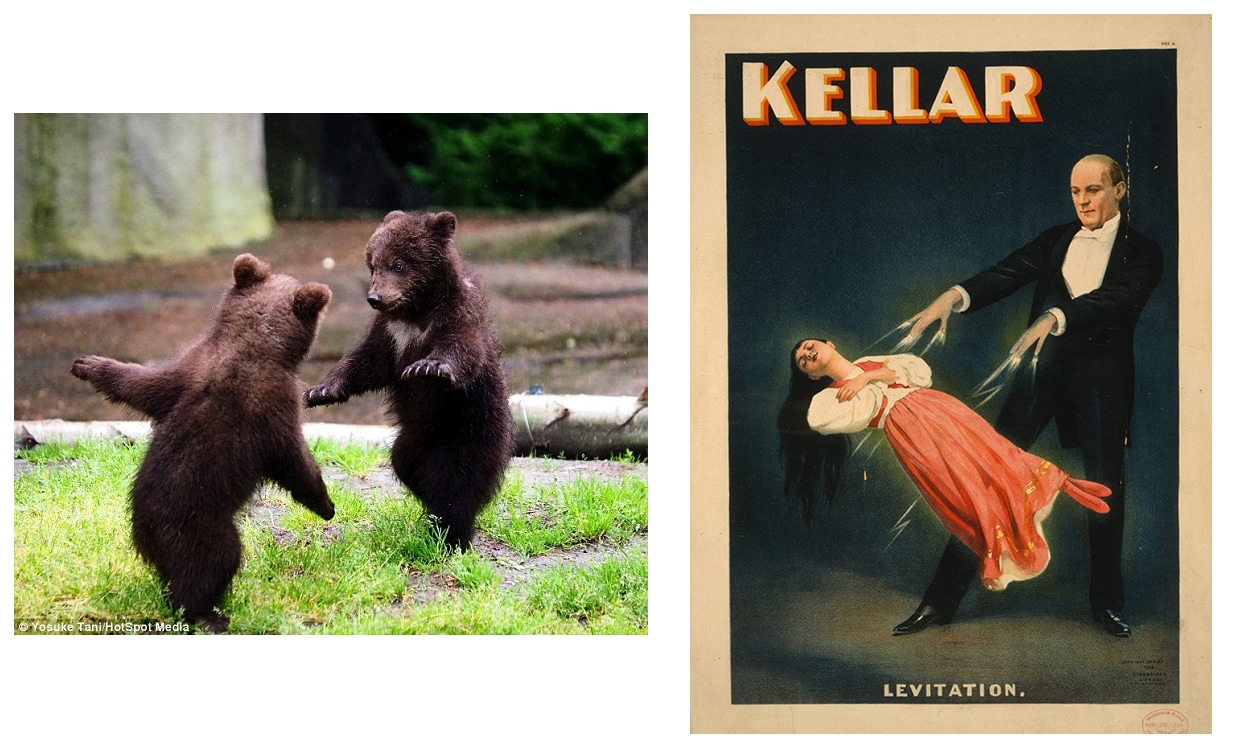
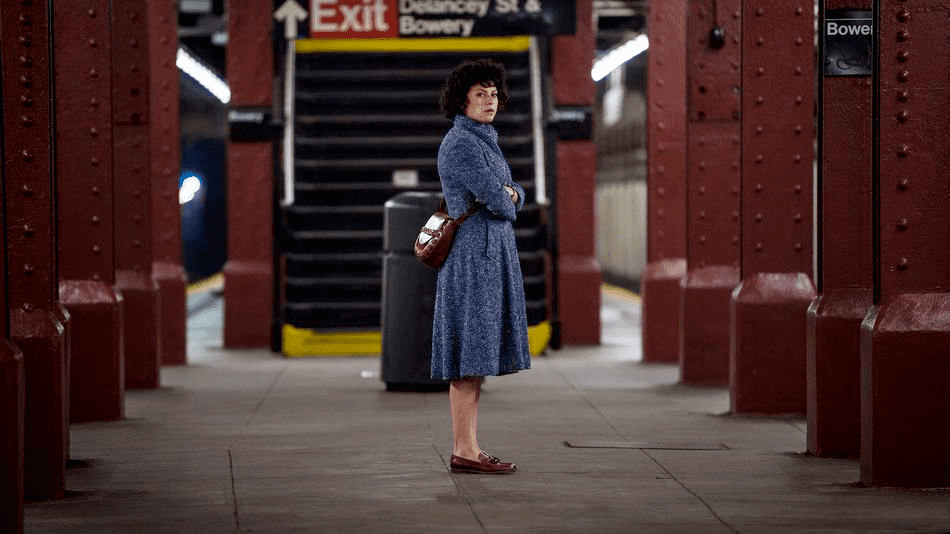
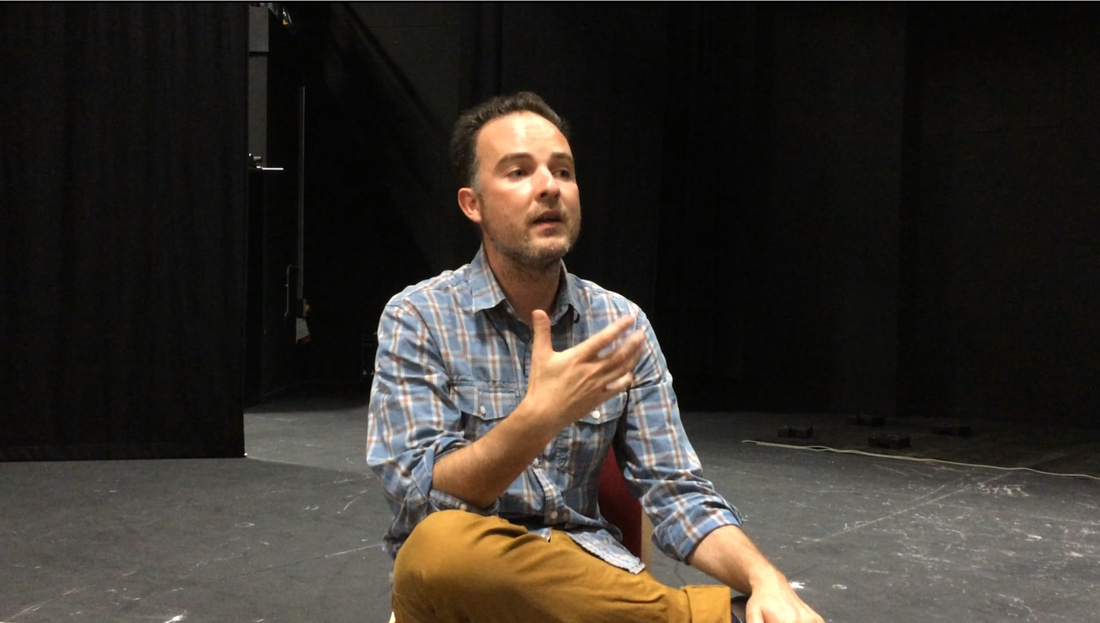
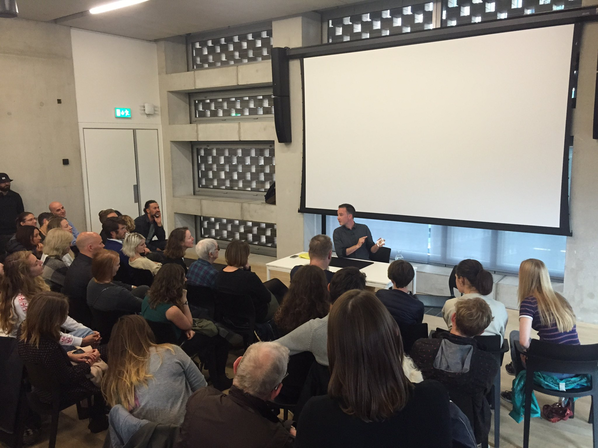
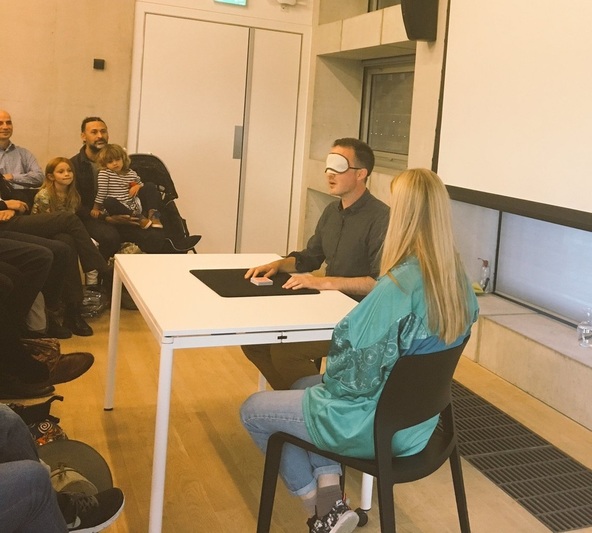
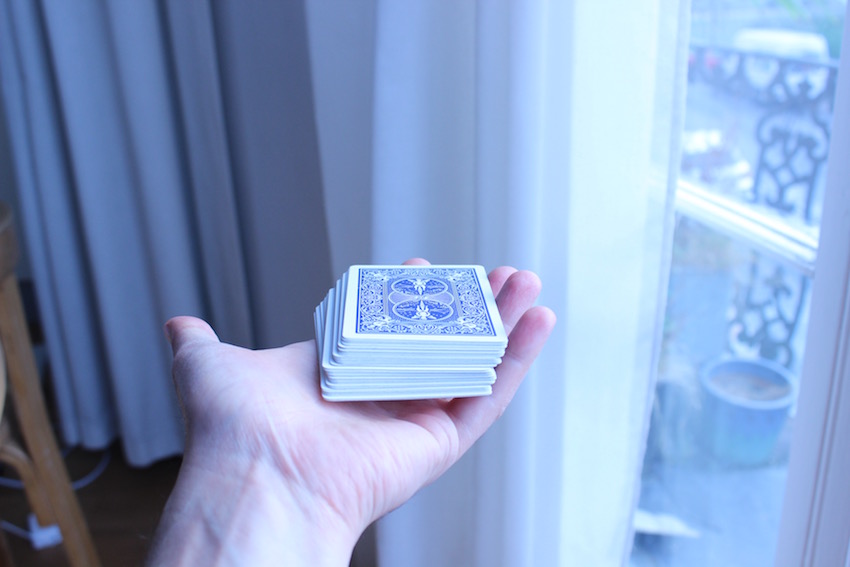
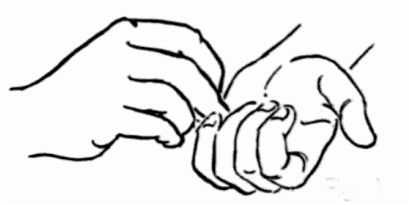
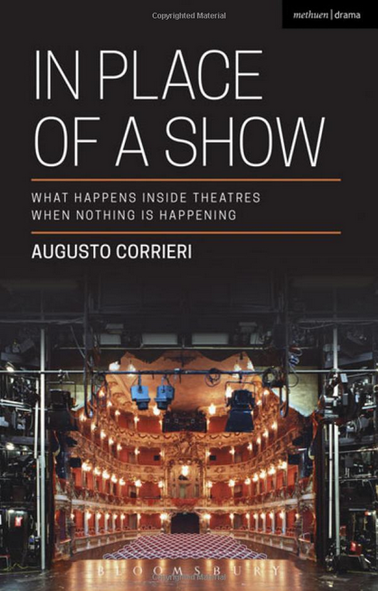
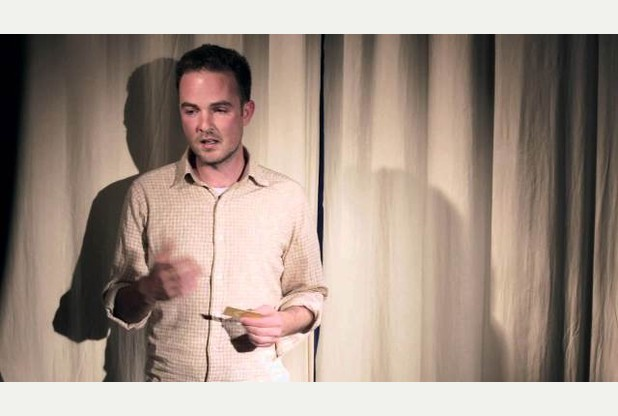
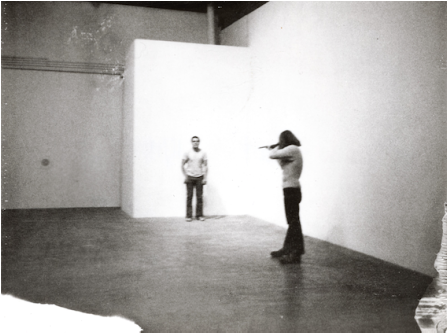
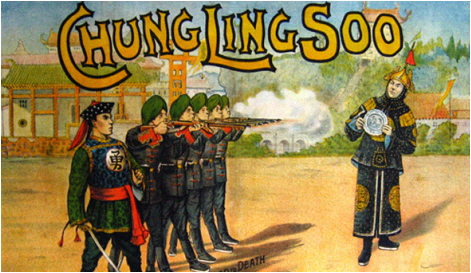
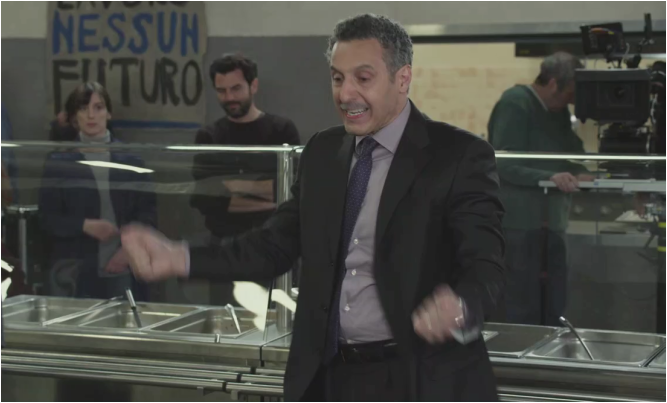
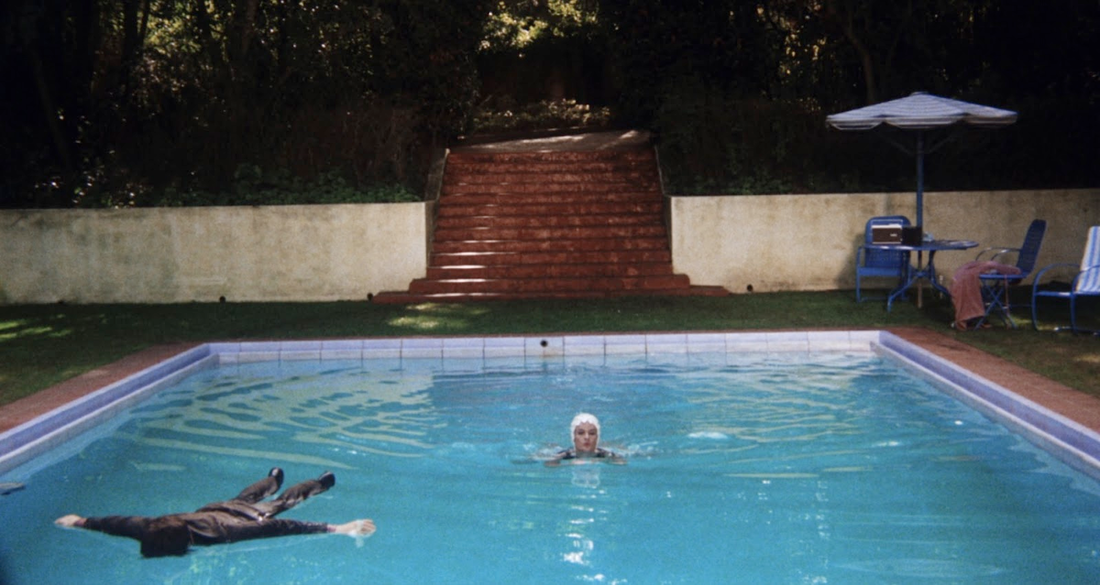
 RSS Feed
RSS Feed